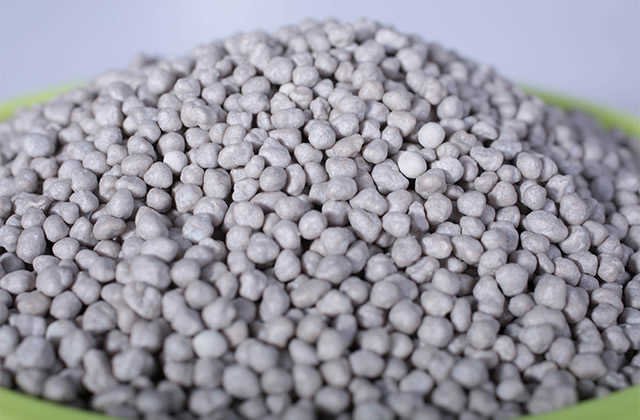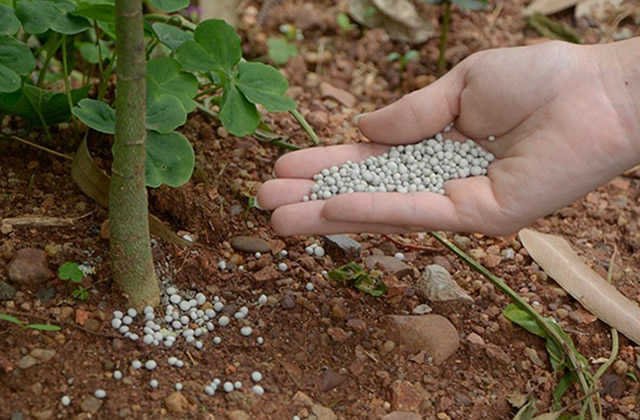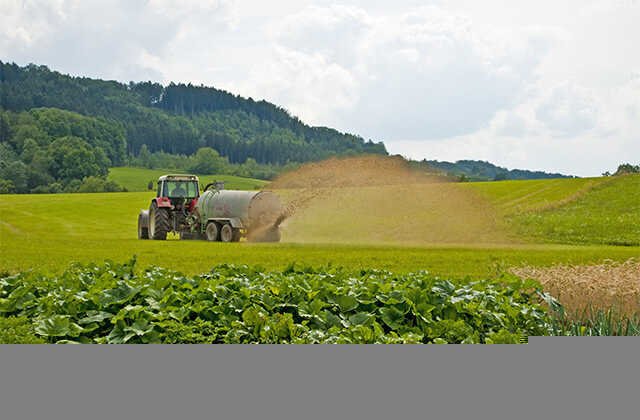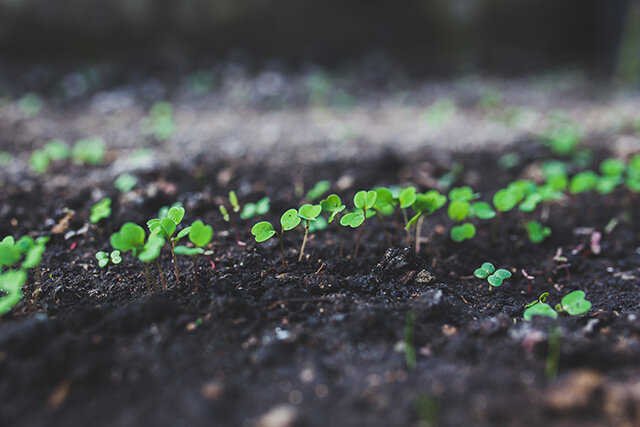What is the difference between mitigation fertilizer and compound fertilizer and compound fertilizer
What is the Fertilizer of slow release Fertilizer
Slow -efficient Fertilizer is also called long -acting Fertilizer and slow -release Fertilizer. The compounds or physical states presented by these Fertilizers can be slowly released for a period of time to continuously absorb and use the plant.The dissolution of soil solution must be dissolved after a short -term transformation before it can be seen. However, Fertilizer effects are relatively long. The release of nutrients in Fertilizers is completely determined by natural factors and has not been manually controlled.
The role of slow release Fertilizer
Slow -efficient Fertilizer is often used as base Fertilizer, and the main function is to supplement the nitrogen element required during the growth of plant.

How to use slow release Fertilizer
To avoid the root system, just sprinkle around the crops (plants).There are mainly the following methods:
1. Soil mixed: Slow -release Fertilizer can be mixed directly with the soil.Mix the appropriate amount of mild release Fertilizer and potted soil and plant it.
2. Dig pits and Fertilizer: mix the mixed -release Fertilizer into a small amount of potted soil, and then cover it with soil.
3. Large -scale application: block fertilization, put the sustained -release Fertilizer into pieces into a Flower pot.
4. Light burial: Buried on the surface of the soil, although the fertilization method is more troublesome, it is a better fertilization method that can make the fertilization efficiency more uniform without losing the fertilization efficiency.
Is the slow release of Fertilizer on the surface?
Generally speaking, most people now sprinkle the sustained -release Fertilizer on the surface of the matrix when using the mild release Fertilizer. This method is more convenient and fast, which can create a gradual infiltration nutrition transmission system for plants in the Flower pot.However, there are also disadvantages of this method. When the wind is blowing the Flower pot, the Fertilizer will be split, or the Fertilizer may overflow from the Flower pot when it rains, causing losses.The editor recommends that it is best to use a shallow method to fertilize, that is, digging a few small holes without damaging the root system to bury the slow -release Fertilizer.
Will slow release Fertilizer burn the root?
Basically, there will be no roots. The release time of slow release Fertilizer is very long. The shorter may be about three months, and the long one can be up to one year.Essence
The difference between slow release Fertilizer and Compound fertilizer
Compound fertilizer refers to Fertilizer containing two or more nutrient elements, mainly contain nitrogen, phosphorus, potassium, and other medium and trace elements. The nutrient content is high and the side components are small, which can meet most of the nutrients needed for crops.
Slow -release Fertilizer is a slowly released Fertilizer. It contains only the element of nitrogen. The ingredient is single. The main role is to supplement the nitrogen element required during the growth of the plant.
The difference between slow release Fertilizer and control release Fertilizer
1. Release and Fertilizer effect
Slow -release Fertilizer is the effect of slowing nutrient release rates in the Fertilizer through chemical and biological factors. During release, it is affected by many external factors such as soil pH, microbial activity, water content in soil, soil type, and irrigation water volume.
Controlled Fertilizer is to wrap the water -soluble Fertilizer in the form of an outer envelope to slowly release the nutrients in the membrane. When the Fertilizer particles of the envelope are exposed to the humid soil, the water in the soil penetrates into the interior through the envelope, so that some Fertilizers can dissolve some Fertilizers.Essence
2. Nutritional ingredients
Most of the mild release hypertrophy is single Fertilizer. The main varieties are slow -effective nitrogen Fertilizers, also called long -acting nitrogen fertilizer, which is small in solubility in water.After the soil is applied, under the influence of chemical and biological factors, Fertilizer is gradually decomposed, and nitrogen is slowly released to meet the requirements of nitrogen during the entire growth period of the crop.
Most of the n-P-K-K Compound fertilizer or the full nutrients with trace elements are mostly controlled. After the soil is applied, its release speed is only affected by the soil temperature.
3. The release speed of nutrients
Slow -release Fertilizer releases uneven nutrients, and the speed of nutrient release is not necessarily completely synchronized with the nutritional needs of crops.
The speed of controlling Fertilizers to release nutrients is more consistent with the speed of the plant's nutrients, which can meet the nutrients of plants in different growth stages of nutrients.


